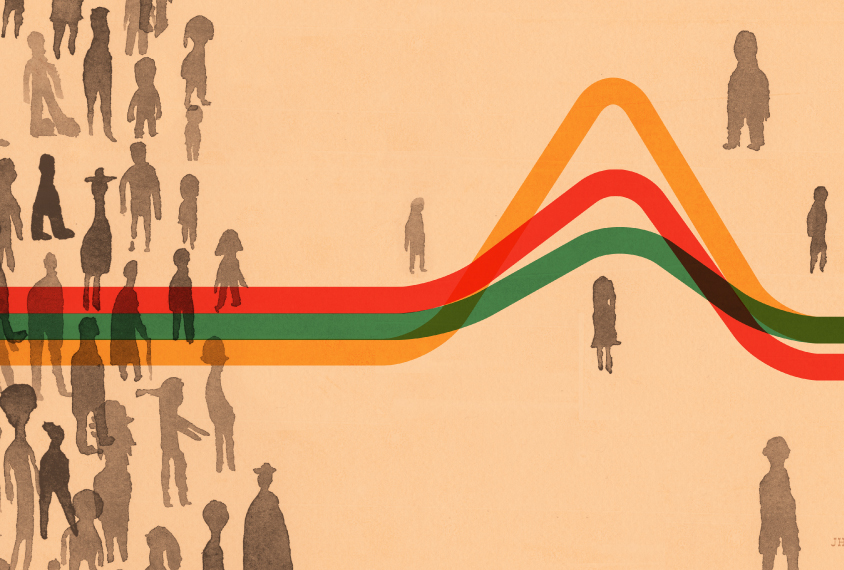Jacob Vorstman is associate professor of psychiatry at the University of Toronto and director of the Autism Research Unit at the Hospital for Sick Children in Canada. Initially, his research focused on the psychiatric and genetic aspects of the 22q11.2 deletion. After obtaining his Ph.D. in 2008, he broadened the scope from 22q11.2 deletion syndrome to the study of genotype-phenotype relations in neurodevelopmental conditions — in particular, autism, intellectual disability and schizophrenia. His ambition is to further insights into the genetic architecture underlying these conditions as well as to improve methods to measure the associated phenotypes.

Jacob Vorstman
Professor
The Hospital for Sick Children
From this contributor
A genetics-first clinic for catching developmental conditions early: Q&A with Jacob Vorstman
A new clinic is assessing children who have a genetic predisposition for autism and other neurodevelopmental conditions—sometimes before traits appear.

A genetics-first clinic for catching developmental conditions early: Q&A with Jacob Vorstman
How polygenic scores can improve predictions about autism, schizophrenia
Jacob Vorstman wants to help people who have rare mutations tied to autism, schizophrenia and other neurodevelopmental conditions set expectations about outcomes.

How polygenic scores can improve predictions about autism, schizophrenia
Explore more from The Transmitter
The Transmitter’s most-read neuroscience book excerpts of 2025
Books by Nachum Ulanovsky, Nicole Rust, and Andrew Iwaniuk and Georg Striedter made the list of some of the year's most engaging neuroscience titles.

The Transmitter’s most-read neuroscience book excerpts of 2025
Books by Nachum Ulanovsky, Nicole Rust, and Andrew Iwaniuk and Georg Striedter made the list of some of the year's most engaging neuroscience titles.
Neuroscience’s leaders, legacies and rising stars of 2025
Here are seven stories from the past year about some of the field’s most engaging figures.

Neuroscience’s leaders, legacies and rising stars of 2025
Here are seven stories from the past year about some of the field’s most engaging figures.
The Transmitter’s top news articles of 2025
Check out some of our most-read stories, covering neuroscience funding and policy changes in the United States, and methodological issues in high-profile neuroscience papers.

The Transmitter’s top news articles of 2025
Check out some of our most-read stories, covering neuroscience funding and policy changes in the United States, and methodological issues in high-profile neuroscience papers.